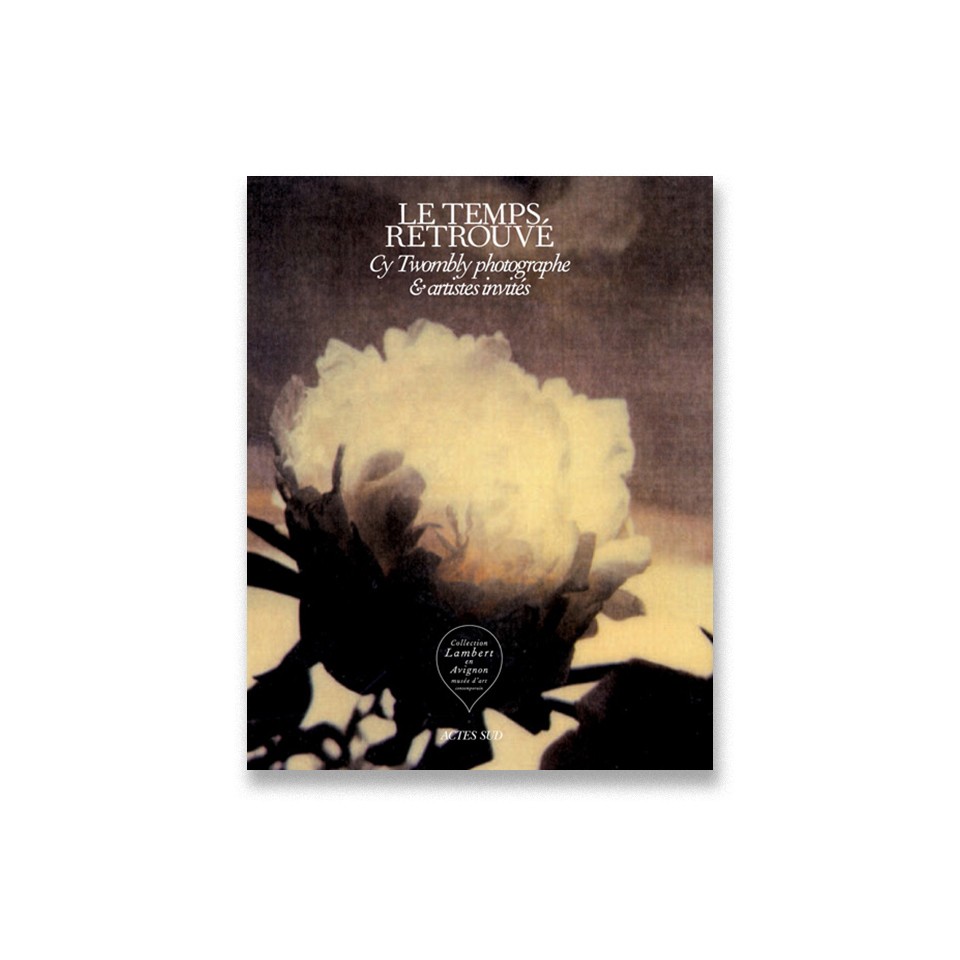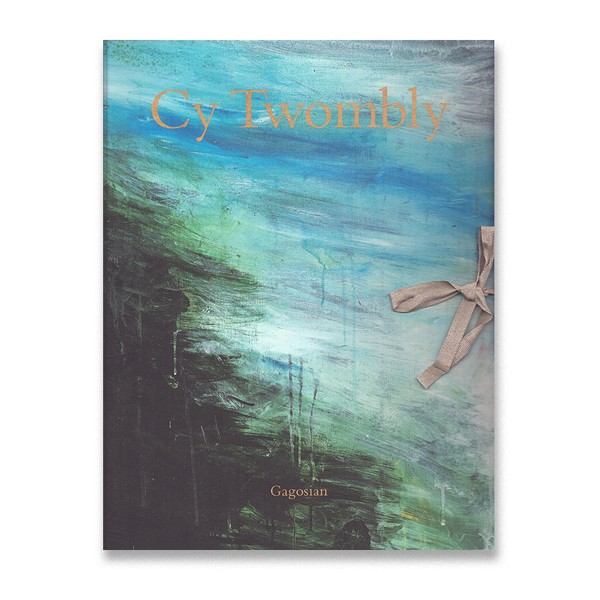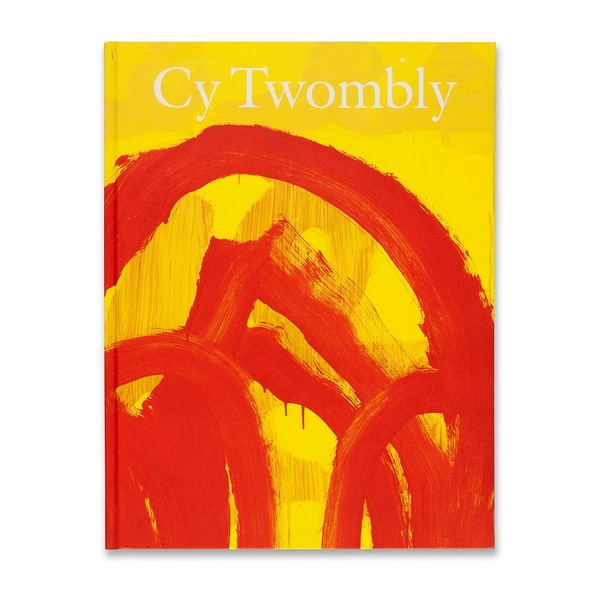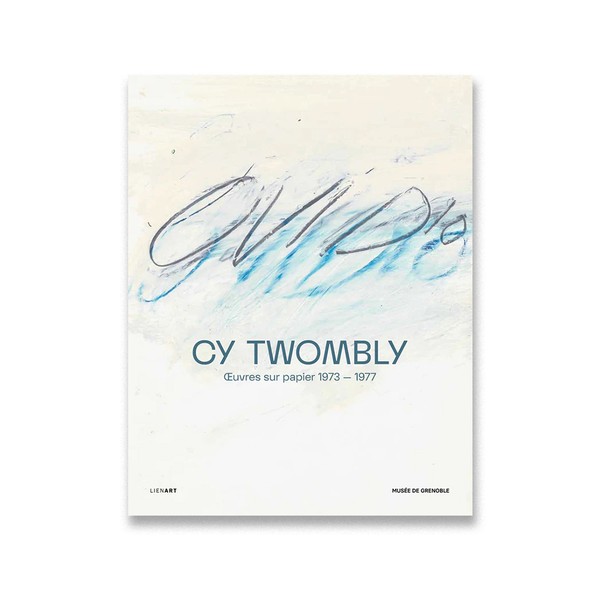Le Temps Retrouvé
Cy Twombly photographe & artistes invités

This volume includes—in French and English—Éric Mézil’s essay “Time Reimagined,” Anne-Marie Garat’s “Interior Time,” Don DeLillo’s “Anonymity,” a list of works exhibited, and color reproductions.
Mézil draws on Henri Bergson’s theorization of the “inner cinematograph” and Gilles Deleuze’s subsequent reflections on “the fundamental concept of the image in movement” (19), asserting that Twombly’s “photographs [] function exactly like this ‘inner cinematograph’” (19). He connects this to Roland Barthes’s Camera Lucida, noting Twombly’s personal connection to the author. Mézil shares insight into Twombly’s involvement in the conception and execution of the exhibition and contextualizes the exhibition in light of the Collection Lambert en Avignon’s wider holdings.
Garat describes the exhibition as “like a page of literature: it is autobiography, self-fiction and inner truth, an imaginary museum, an oneiric construction, a poetic manifesto” (36). She situates Twombly’s practice in relation to the history of photography, and discusses the specific historical photographs Twombly selected for inclusion in the exhibition. Throughout, she offers insights into Twombly’s selection criteria and conceptual concerns present throughout his photographic practice as well as the exhibition. Garat asserts that “Twombly's own works show a sharper awareness of this desire to archive visual accidents and relate them to painting” (37), attending not only to Twombly’s own paintings but also to those of the artist’s friends and predecessors. She maintains a focus on Twombly’s Polaroids throughout the essay and offers sustained discussion of certain interlocuters such as Sally Mann. She closes with reflections on perception and universality.
DeLillo’s entry, written as a dated diary-like entry, describes the experience of watching Alfred Hitchcock’s Psycho (1959), focusing in particular on the scopophilic keyhole scene famously taken up by Laura Mulvey in her “Visual Pleasure and Narrative Cinema” (1973). The passage was originally published as the prologue of DeLillo’s novel Point Omega (2010).
For more on Twombly’s photographs, see also From State of Mind to the Tangible: The Photographic Cosmos of Cy Twombly by Carlos Peris (2022); Cy Twombly: Photographs, Volume II, published by Gagosian (2015); Cy Twombly: Photographs 1951–2007, ed. Laszlo Glozer (2008); Twombly: Photographs, published by Brazos Projects (2000); Cy Twombly Photographs: Lyrical Variations, published by the Kawamura Memorial DIC Museum of Art (2016); Cy Twombly: Photographs, published by Matthew Marks Gallery (1993); Cy Twombly: A Survey of Photographs 1954–2011, published by Gagosian Gallery (2012); and Cy Twombly: Photographs, 1951–1999, ed. Nicola Del Roscio (2002).
(Publication description by Jamie Danis)
This catalogue was published on the occasion of the exhibition Le Temps Retrouvé. Cy Twombly photographe & artistes invités (June 12 – November 20, 2011) at the Collection Lambert, Avignon.
Le Temps Retrouvé. Cy Twombly photographe & artistes invites. Edited by Eric Mézil. Essays by Nicholas Cullinan, Don DeLillo, Anne-Marie Garat and Éric Mézil. Published by Actes Sud/ Collection Lambert en Avignon, 2011. 182 pages, fully illustrated. English/French edition.



